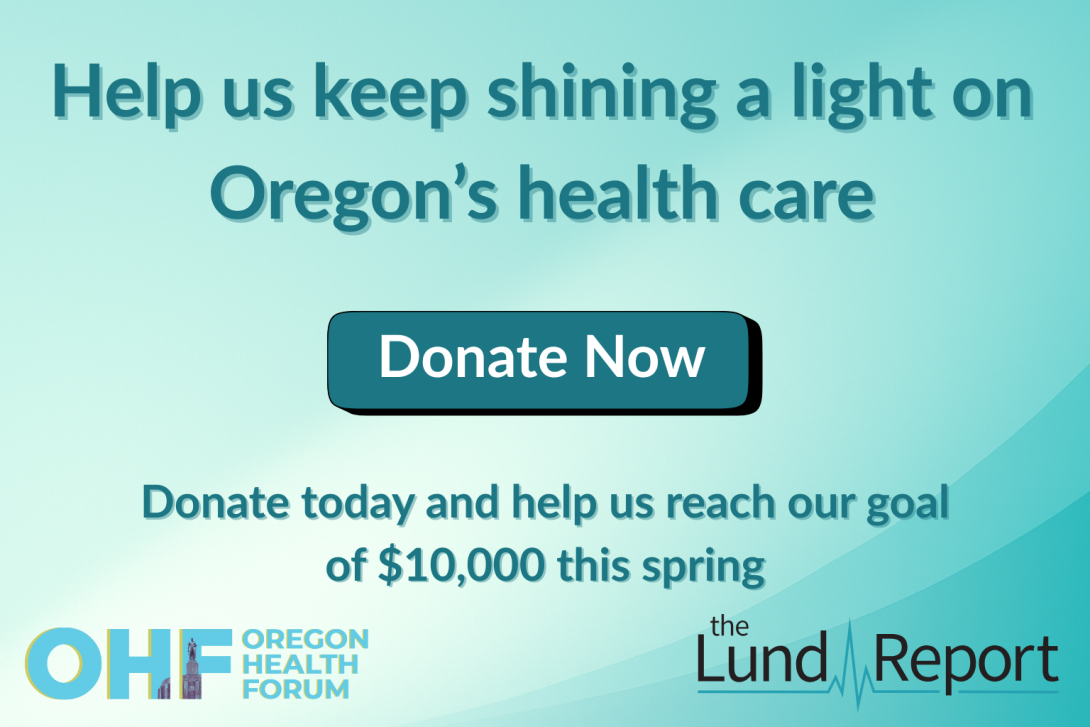The number of Americans enrolled in high-deductible health plans through an employer increased by more than 2.2 million people in 2016, or 3.2 percentage points, to 24.8 million people, according to a new analysis of the Medical Expenditure Panel Survey Insurance Component (MEPS-IC) prepared by researchers at the University of Minnesota’s State Health Access Data Assistance Center (SHADAC). The report, with funding from the Robert Wood Johnson Foundation, finds that while growth in premium prices in employer plans has slowed in recent years, it has been offset by growth in deductibles.
In 2016, more than 58 million American workers were enrolled in an employer-sponsored insurance (ESI) plan. Nationally, the average deductible was $1,696 for single plans. This was a 10.1 percent increase from 2015, when the average individual deductible was $1,541. These data reinforce recent National Health Interview Survey (NHIS) findings showing an uptick in high-deductible plan enrollment in the first quarter of 2017, with 42.3 percent of nonelderly individuals with private insurance enrolled in a high-deductible plan, including those on the individual market, not just workers with ESI plans.
Both MEPS-IC and NHIS used the IRS definition of a high-deductible health plan, which includes a minimum annual deductible of $1,300 for an individual, and $2,600 for a family in 2016.
Between 2015 and 2016, premiums for single coverage grew 2 percent ($138 increase) while deductibles grew by 10 percent ($155 increase). Over the five-year period from 2012 to 2016, premiums for single coverage grew by 13 percent.
The report finds wide variation among states. Fourteen states saw statistically significant increases in average deductibles for single plans between 2015 and 2016, ranging from $306 to almost $600. No state saw statistically significant declines. Average deductibles for single plans ranged from a low of $988 in Hawaii to a high of $2,434 in New Hampshire. New Hampshire also had the highest percentage of employees enrolled in high-deductible health plans (69.2%), and Hawaii had the lowest (11.8%).
“High-deductible health plans are increasingly becoming the norm in commercial insurance, and there is every reason to expect this trend to continue,” said Katherine Hempstead, senior advisor at the Robert Wood Johnson Foundation. “Deductibles rose considerably faster than premiums, and the share of health care spending made directly by consumers will continue to grow.”
# # #
For a copy of the full report or to schedule an interview with an expert, please contact Will Walters at 202-868-4821 or [email protected].
About the Robert Wood Johnson Foundation
For more than 40 years the Robert Wood Johnson Foundation has worked to improve health and health care. We are working with others to build a national Culture of Health enabling everyone in America to live longer, healthier lives. For more information, visitwww.rwjf.org. Follow the Foundation on Twitter at www.rwjf.org/twitter or on Facebook at www.rwjf.org/facebook.


